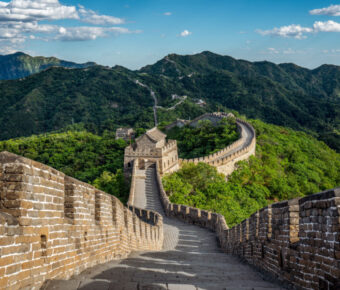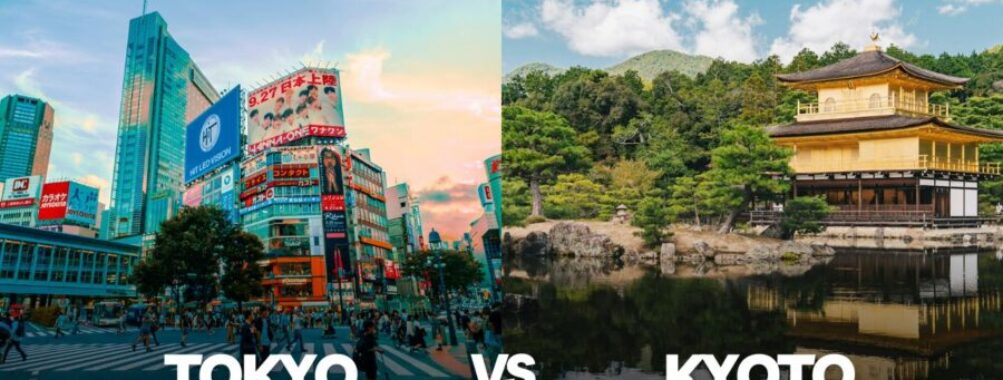
Tokyo vs Kyoto: Which Japanese City Offers the Best Cultural Experience in 2025
Tokyo and Kyoto represent two very different sides of Japan. These iconic cities draw travelers from around the world, each offering unique experiences that showcase Japanese culture in distinct ways.
Most first-time visitors to Japan prefer Tokyo due to its mix of modern attractions, easier access, and wider range of activities, while Kyoto specializes in traditional experiences and historic temples. The size difference between these cities creates totally different atmospheres – Tokyo houses 9 million people in its center, while Kyoto has just 1.5 million residents.
Walking between neighborhoods takes longer in sprawling Tokyo, but its excellent transit system simplifies exploring. Kyoto’s compact size means travelers can bike across town in 30 minutes, perfect for temple-hopping between the city’s famous historic districts.
Contents
- Geographical Context and Accessibility
- Location in Japan
- Transportation and Public Transport
- Historical Significance and Modern Evolution
- Ancient Temples and Historical Attractions
- Contemporary Developments and Skyscrapers
- Cultural Insights: Traditions and Lifestyle
- Traditional Practices and Performing Arts
- Modern Culture and Urban Lifestyle
- Culinary Exploration: Food and Dining Experiences
- Street Food and Casual Eateries
- Fine Dining and Michelin-Starred Restaurants
- Touristic Attractions and Sightseeing
- Iconic Landmarks and Cultural Sites
- Nature and Parks
- Shopping Districts and Markets
- Accommodation and Stays
- Hotels and Ryokans
- Alternative Lodging and Machiya
- Planning and Creating an Itinerary
- Frequently Asked Questions
- Which city should be the priority on my travel itinerary, Kyoto or Tokyo?
- Would Kyoto or Tokyo offer a more suitable living environment, considering a potential relocation?
- How does Kyoto’s historical significance compare to Tokyo’s modern allure?
- Which city offers a more tranquil experience, Kyoto with its temples, or Tokyo with its bustling streets?
- Can you explain the differences in cultural experiences between visiting Tokyo versus Kyoto?
- Between Tokyo and Kyoto, which city is known for having a higher population density?
- More Travel Guides
Geographical Context and Accessibility

Tokyo and Kyoto sit in different regions of Japan, with distinct geographical features that shape their transportation networks and accessibility for visitors. The cities connect through an efficient rail system that makes traveling between them simple.
Location in Japan

Tokyo lies on the eastern coast of Japan’s main island, Honshu, in the Kanto region. The city spreads across a vast plain called the Kanto Plain, with Tokyo Bay to the east and mountains to the west. Its flat terrain has helped it grow into a sprawling metropolis.
Kyoto sits in a valley in central Japan, part of the Kansai region. Mountains surround the city on three sides, creating a basin that influenced its grid-like street layout. This compact setting makes Kyoto easier to navigate on foot.
Transportation and Public Transport
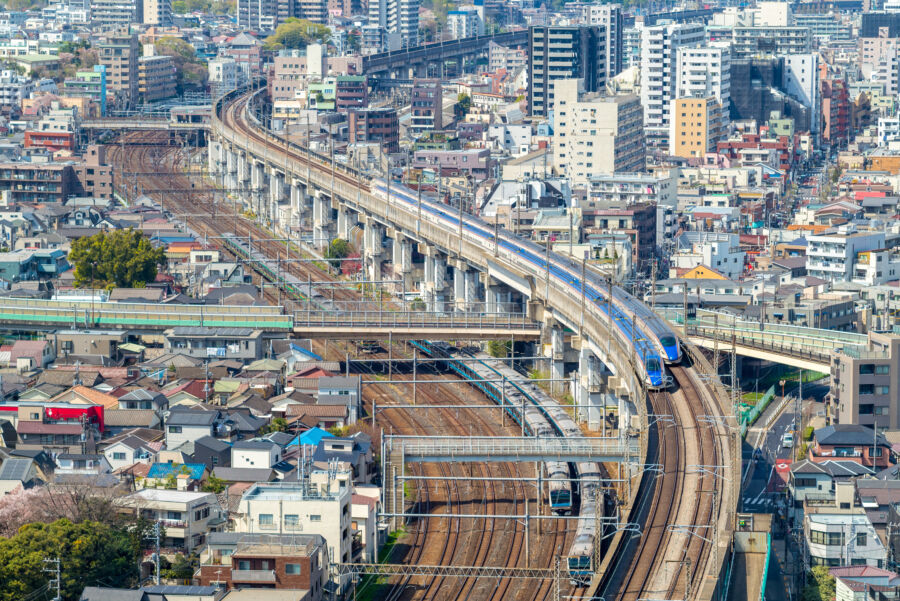
The Shinkansen connects both cities in just over 2 hours, with trains running every 10-15 minutes during peak times. You can find the best deals on train tickets through KAYAK.
Tokyo’s public transport system centers on its extensive metro network, with 13 subway lines and over 150 train lines reaching every corner of the city. Most signs include English translations, making navigation easier for foreign visitors.
Kyoto relies more on buses and fewer subway lines. The main bus routes connect all major temples and tourist spots. The city’s smaller size means walking or cycling is a good way to explore the center.
Both cities offer prepaid transport cards that work across all public transport systems. These cards save time and money compared to buying individual tickets.
Historical Significance and Modern Evolution
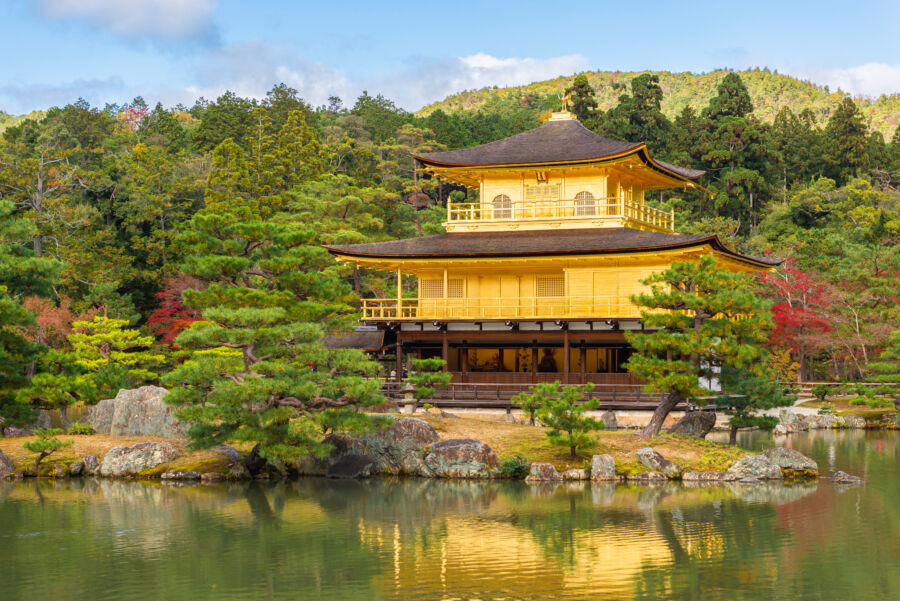
Tokyo and Kyoto represent two distinct faces of Japan’s rich cultural heritage and modern progression. These cities tell the fascinating story of Japan’s transformation from an ancient empire to a modern powerhouse.
Ancient Temples and Historical Attractions

Kyoto is Japan’s cultural heart, with over 1,600 Buddhist temples and Shinto shrines. The city was the imperial capital for more than 1,000 years until 1868. The Kyoto Imperial Palace remains a stunning example of classical Japanese architecture and royal life.
The city’s narrow streets and traditional wooden buildings transport visitors back in time. You’ll find zen gardens, tea houses, and geisha districts that have changed little over the centuries. Kinkaku-ji (the Golden Pavilion) and Kiyomizu-dera are must-see landmarks that showcase Kyoto’s architectural mastery.
Many temples host seasonal festivals and ceremonies that keep ancient traditions alive. These events give visitors a glimpse into Japan’s imperial past.
Contemporary Developments and Skyscrapers

Tokyo transformed from a small fishing village called Edo into a global metropolis. After becoming Japan’s capital in 1868, the city embraced rapid modernization.
The Edo-Tokyo Museum tells the story of this amazing change through interactive exhibits. Modern Tokyo’s skyline features architectural marvels like the Tokyo Skytree and Shibuya Sky.
High-tech districts like Akihabara and Shibuya showcase Japan’s love for innovation. These areas mix cutting-edge technology with urban culture. New developments keep popping up, with places like Toranomon Hills redefining city living.
Tokyo never stops growing, with major projects planned for the next decade. Each new building adds to its reputation as a city of the future.
Cultural Insights: Traditions and Lifestyle
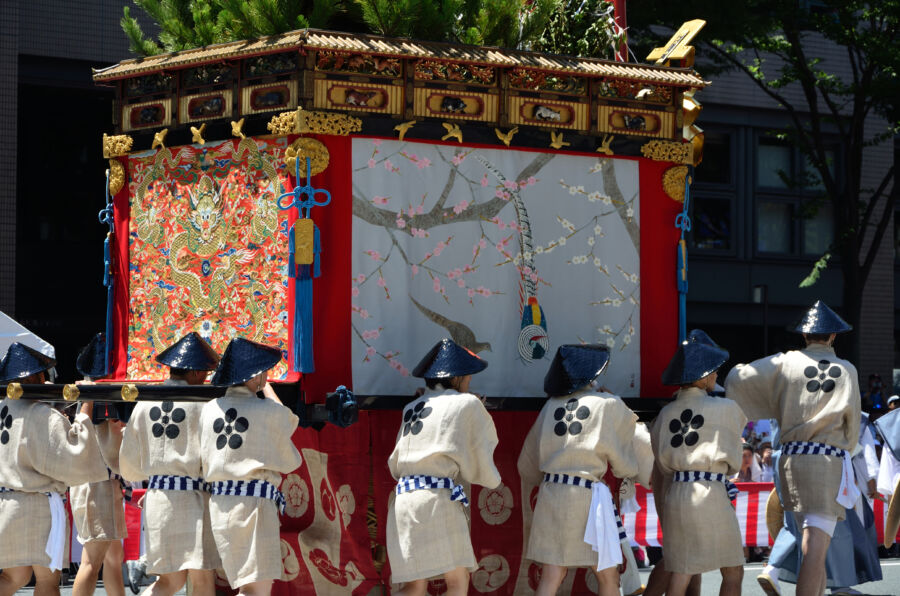
Tokyo and Kyoto showcase different faces of Japanese culture, with each city offering unique ways to experience both old and new Japan. The ancient capital maintains deep-rooted customs, while the modern metropolis creates fresh cultural trends.
Traditional Practices and Performing Arts
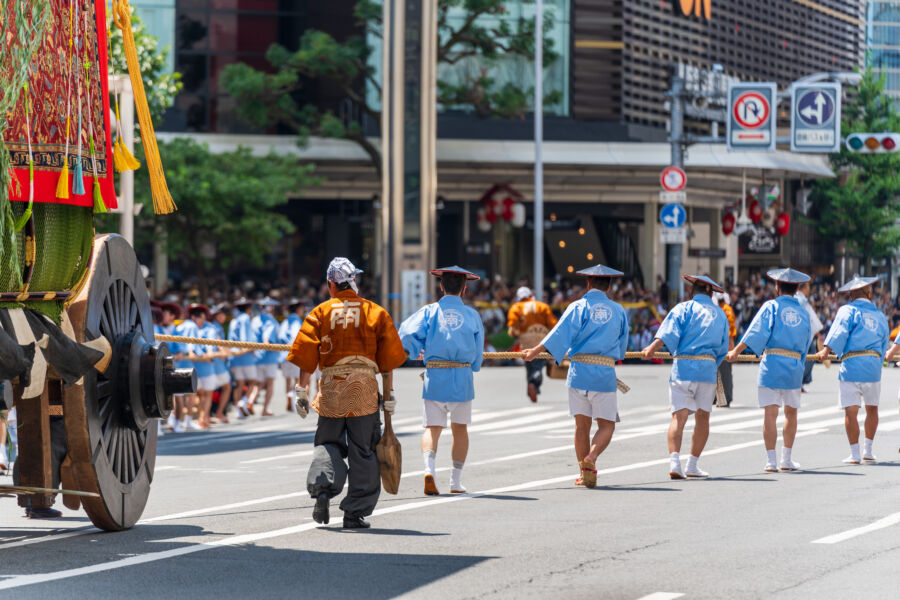
Kyoto is Japan’s cultural heart, with its 1,000-year history as the imperial capital. The city keeps ancient arts alive through tea ceremonies, kabuki theater, and the sight of geiko (Kyoto’s geisha) walking through the Gion district.
Many temples host daily ceremonies and traditional music performances. Visitors can try on a kimono, learn calligraphy, or join meditation sessions at Zen temples.
The city’s craftsmen still use centuries-old techniques to create exquisite items such as Kiyomizu pottery, folding fans, and traditional textiles.
Modern Culture and Urban Lifestyle

Tokyo pulses with contemporary Japanese culture. The Harajuku district sparkles with street fashion, while Akihabara buzzes with anime and gaming culture.
Pop culture highlights:
- Manga cafes and anime shops
- Fashion boutiques showcasing local designers
- Modern art galleries
- Robot restaurants
- Karaoke bars
The city seamlessly blends old and new. Ancient shrines sit next to towering skyscrapers, and traditional festivals take place alongside anime conventions.
Street food stalls serve both classic Japanese dishes and creative modern fusion. Young people wearing kimonos snap selfies with their smartphones.
See Related: Kyoto vs Osaka: Essential Differences Between These Magnificent Japanese Cities (2025 Guide)
Culinary Exploration: Food and Dining Experiences
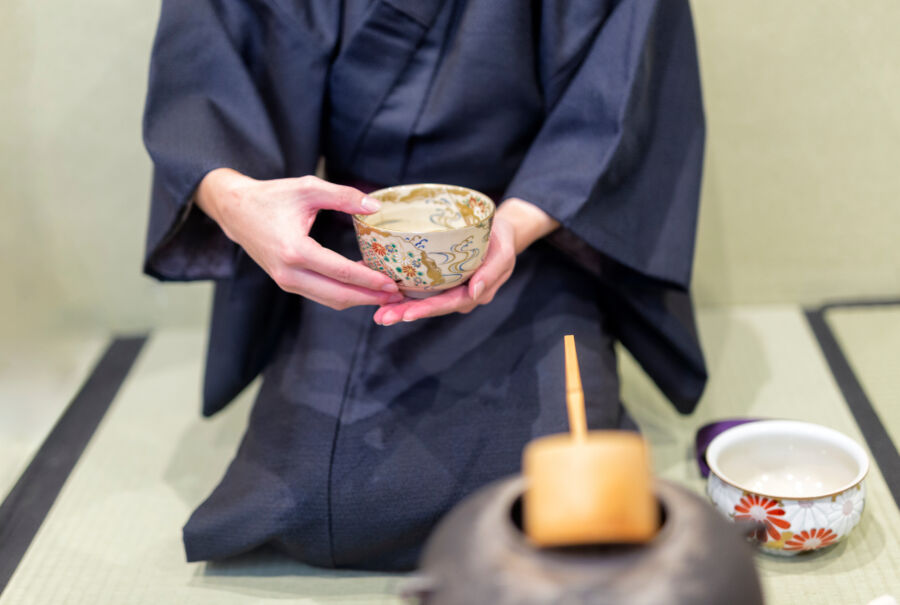
Tokyo and Kyoto offer distinct food scenes that reflect their unique characters. Tokyo dazzles with its modern interpretations and international influences, while Kyoto preserves traditional Japanese culinary arts passed down through generations.
Street Food and Casual Eateries

Tokyo’s street food scene buzzes with energy in areas like Shibuya and Shinjuku. Ramen shops serve steaming bowls of noodles until late at night, while monjayaki restaurants let visitors cook savory pancakes right at their table.
The casual food scene in Kyoto centers around traditional markets like Nishiki. Local specialties include yudofu (hot tofu dishes) and tsukemono (pickled vegetables). Many small family-run shops have perfected single dishes over the decades.
Tea houses dot both cities but serve different experiences. Kyoto’s tea ceremonies follow strict traditions in historic buildings. Tokyo’s modern cafes blend matcha into creative drinks and desserts.
Fine Dining and Michelin-Starred Restaurants

Tokyo holds the world record for Michelin stars, with over 230 starred restaurants. Innovative chefs blend Japanese techniques with global influences. Sukiyabashi Jiro and other famous sushi restaurants attract food lovers from across the globe.
Kyoto specializes in kaiseki, an elaborate multi-course meal that changes with the seasons. Many high-end restaurants occupy converted traditional houses called machiya. Buddhist temple cuisine (shojin ryori) offers a unique vegetarian fine dining experience.
Tokyo’s fine dining prices tend to be higher, but both cities maintain exceptional quality standards. Making reservations weeks or months ahead is essential for the most prestigious restaurants.
Touristic Attractions and Sightseeing

Tokyo and Kyoto offer completely different sightseeing experiences. Tokyo mixes ultra-modern attractions with pockets of tradition, while Kyoto preserves Japan’s ancient cultural heritage in its purest form.
Iconic Landmarks and Cultural Sites

Tokyo’s skyline dazzles with the 634-meter Tokyo Skytree tower. The famous Shibuya Crossing sees thousands of people cross at once, creating an iconic symbol of modern Japan.
Kyoto shines with its stunning temples and shrines. The Golden Pavilion (Kinkaku-ji) gleams with a real gold leaf coating and reflects beautifully in its mirror pond.
Kiyomizu-dera Temple sits high on wooden stilts, offering amazing views of Kyoto. The temple complex draws visitors year-round, especially during spring and fall.
Nature and Parks

Cherry blossoms transform both cities in spring. Ueno Park in Tokyo becomes a pink wonderland, packed with locals enjoying hanami parties under blooming trees.
Kyoto’s natural beauty is evident in its peaceful temple gardens. The Arashiyama Bamboo Grove creates an otherworldly green tunnel perfect for morning walks.
The cities handle seasons differently. Tokyo’s parks provide urban escape spots, while Kyoto integrates nature into its entire city layout with walking paths and riverside areas.
Shopping Districts and Markets

Gion district in Kyoto lets visitors step back in time. Traditional wooden machiya houses line the streets, now hosting tea houses and artisan shops.
Nishiki Market, Kyoto’s 400-year-old “Kitchen”, stretches for five blocks. Food sellers offer local specialties and unique Kyoto treats to sample.
Tokyo’s shopping areas are energetic. The Harajuku district showcases Japan’s youth fashion culture, while Akihabara specializes in electronics and anime merchandise.
See Related: Japan Ski Trip Cost: 7 Days of Powder for Under $1500
Accommodation and Stays

Tokyo and Kyoto offer distinct lodging experiences that match their unique characters. The cities provide countless places to rest, from luxurious hotels to traditional Japanese inns.
Hotels and Ryokans

Tokyo’s hotel scene sparkles with modern luxury. The Shinjuku district stands out as a prime spot for tourists, packed with choices for every budget. Many high-end hotels sit in tall skyscrapers with amazing city views.
Kyoto’s hotels take a different approach. The buildings tend to be shorter and blend into the historic surroundings. Many hotels in Kyoto add traditional Japanese touches to their rooms and common spaces.
Both cities feature ryokans – traditional Japanese inns. These special places let guests sleep on futons and enjoy local customs. Kyoto has more ryokans than Tokyo, and they often cost less.
Alternative Lodging and Machiya
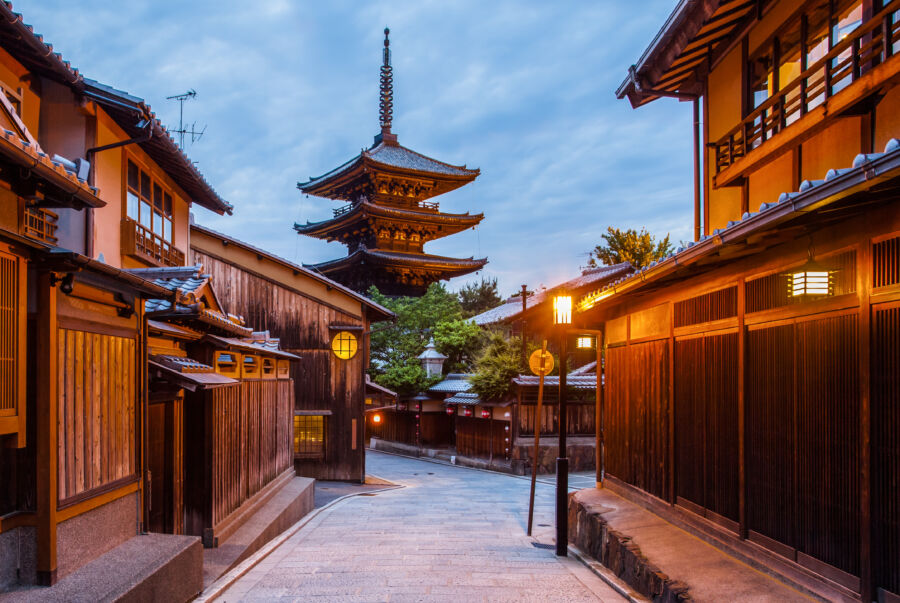
Guests can find unique places to stay beyond standard hotels. Tokyo features capsule hotels, perfect for budget travelers who don’t mind small spaces. The city also has many modern, affordable accommodations in residential areas.
Kyoto shines with its machine options. These restored wooden townhouses give travelers a taste of old Japan. Each machine has traditional features like sliding doors and small gardens.
Guest houses run by local families offer another choice in both cities. These spots give visitors a chance to connect with Japanese daily life. They often include shared kitchens and living spaces.
Some temples in Kyoto’s quiet neighborhoods open their doors to overnight guests. This special experience allows visitors to join morning prayers and meditation sessions.
Planning and Creating an Itinerary

Most travelers spend 7-10 days exploring Tokyo and Kyoto. The ideal split is 4 days in Tokyo and 3 days in Kyoto, with optional day trips to nearby spots.
The bullet train takes about 2.5 hours to travel between the cities. Smart travelers pick up a Japan Rail Pass before their trip—it pays for itself with just a round-trip journey.
Tokyo requires at least three full days to see the main spots, such as Shibuya, Shinjuku, and Asakusa. Break up busy sightseeing days with a peaceful morning at Meiji Shrine or people-watching in Harajuku.
Kyoto deserves a minimum of 2-3 solid days. The eastern Higashiyama district packs many top temples into a walkable area. To save time, focus on one area per day rather than zigzagging across the city.
Popular day trip options include:
- Nara (from Kyoto)
- Hakone (from Tokyo)
- Kamakura (from Tokyo)
Book accommodations in advance during cherry blossom season (late March to early April) and fall foliage (November). Hotels fill up quickly in these peak periods.
Stay near major train stations in both cities. This saves time and makes luggage transfers much easier. Shinjuku or Tokyo Station areas work well in Tokyo, while Kyoto Station or Downtown Kyoto offer good bases.
See Related: Paris vs Tokyo: Surprising Differences Between These Iconic Cities
Frequently Asked Questions

Tokyo and Kyoto draw millions of visitors annually, offering distinct experiences that appeal to different types of travelers and residents. These cities showcase Japan’s remarkable ability to blend ancient traditions with contemporary life.
Which city should be the priority on my travel itinerary, Kyoto or Tokyo?
First-time visitors to Japan often benefit from starting in Tokyo. The city serves as an excellent introduction to modern Japanese culture and offers superior transportation connections.
Tokyo’s extensive English signage and tourist infrastructure help international travelers adjust to Japan. The city’s major airports also provide convenient access to other regions.
Would Kyoto or Tokyo offer a more suitable living environment, considering a potential relocation?
Tokyo presents more job opportunities, especially in international companies and tech sectors. The city maintains an extensive public transportation network and numerous entertainment options.
Kyoto offers a slower-paced lifestyle with lower living costs. The smaller size makes daily commutes more manageable, while the abundance of parks and temples creates a peaceful atmosphere.
How does Kyoto’s historical significance compare to Tokyo’s modern allure?
Kyoto served as Japan’s imperial capital for over 1,000 years and preserved much of its architectural heritage. The city houses over 1,600 Buddhist temples and 400 Shinto shrines.
Tokyo emerged as a major city during the Edo period and rebuilt itself multiple times after disasters. The city represents Japan’s post-war economic miracle and technological innovation.
Which city offers a more tranquil experience, Kyoto with its temples, or Tokyo with its bustling streets?
Kyoto provides more opportunities for quiet contemplation, especially in its temple gardens and traditional neighborhoods. Early morning visits to temples offer particularly peaceful experiences.
Tokyo’s parks and residential areas contain surprising pockets of tranquility. Places like the Imperial Palace gardens and Meiji Shrine provide refuge from urban energy.
Can you explain the differences in cultural experiences between visiting Tokyo versus Kyoto?
Kyoto emphasizes traditional arts like the tea ceremony, kimono wearing, and classical gardens. The city maintains many ancient festivals and customs throughout the year.
Tokyo blends pop culture with traditional elements. Visitors can experience anime culture, kabuki theater, modern art galleries, and centuries-old temples.
Between Tokyo and Kyoto, which city is known for having a higher population density?
Tokyo’s central wards have a population of about 9 million, with millions more in the greater metropolitan area. The city’s dense urban development creates its characteristic energy.
Kyoto maintains a population of roughly 1.5 million people. Its lower density allows for more open spaces and preserves its historical atmosphere.


